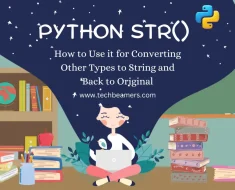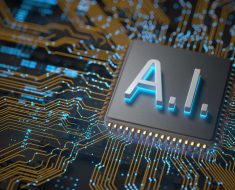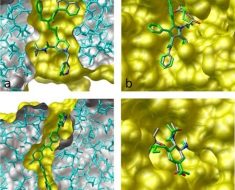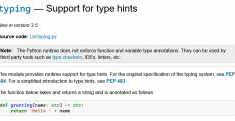Really great read! I don’t agree with all of it… but am still posting it here. About Dario, CEO of Anthropic.
“By powerful AI, I have in mind an AI model—likely similar to today’s LLM’s in form, though it might be based on a different architecture, might involve several interacting models, and might be trained differently—with the following properties:
- In terms of pure intelligence4, it is smarter than a Nobel Prize winner across most relevant fields – biology, programming, math, engineering, writing, etc. This means it can prove unsolved mathematical theorems, write extremely good novels, write difficult codebases from scratch, etc.
- In addition to just being a “smart thing you talk to”, it has all the “interfaces” available to a human working virtually, including text, audio, video, mouse and keyboard control, and internet access. It can engage in any actions, communications, or remote operations enabled by this interface, including taking actions on the internet, taking or giving directions to humans, ordering materials, directing experiments, watching videos, making videos, and so on. It does all of these tasks with, again, a skill exceeding that of the most capable humans in the world.
- It does not just passively answer questions; instead, it can be given tasks that take hours, days, or weeks to complete, and then goes off and does those tasks autonomously, in the way a smart employee would, asking for clarification as necessary.
- It does not have a physical embodiment (other than living on a computer screen), but it can control existing physical tools, robots, or laboratory equipment through a computer; in theory it could even design robots or equipment for itself to use.
- The resources used to train the model can be repurposed to run millions of instances of it (this matches projected cluster sizes by 2027), and the model can absorb information and generate actions at roughly 10x-100x human speed5. It may however be limited by the response time of the physical world or of software it interacts with.
- Each of these million copies can act independently on unrelated tasks, or if needed can all work together in the same way humans would collaborate, perhaps with different subpopulations fine-tuned to be especially good at particular tasks.
We could summarize this as a “country of geniuses in a datacenter” (Love this one – see Dalle visualisation below)

Watch my take on AGI, below











Tags




